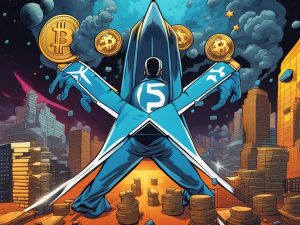Fractional NFTs: A New Avenue for Investment and Ownership
Fractional NFTs have emerged as a game-changer in the world of blockchain assets. These unique tokens allow for the division of a single NFT into multiple interchangeable units, each represented by an ERC-20 token. By leveraging smart contracts, fractionalization creates a digital “IOU” that signifies ownership of a certain percentage of the original NFT. This opens up exciting opportunities for investors in the NFT market.
Breaking the Limitations of NFTs
It’s important to understand that NFTs themselves cannot be divided. However, fractionalization bypasses this limitation by creating fungible tokens that represent a share in the indivisible NFT. This process makes NFT ownership more accessible, allowing individuals to own a fraction of an NFT that may otherwise be unaffordable. The number of units into which the NFT is divided is irrelevant – anyone can claim ownership of a fraction.
Unlocking Benefits through Fractional Ownership
Fractional NFT ownership offers several advantages that attract investors and collectors alike. Firstly, it democratizes the process by allowing multiple people to own shares of a high-value NFT, fostering inclusivity in the digital art ecosystem. Secondly, fractionalization increases liquidity by creating more units for trading, which aids in better price discovery. However, it’s important to note that the value of tokens may not directly align with the value of the original NFT.
Risks and Considerations for Investors
While fractional NFTs bring exciting possibilities, potential investors should be aware of associated risks. Regulatory concerns are one key consideration as recent SEC actions suggest classifying NFT sales as securities. Conflicts among fractional owners can also arise when someone wants to reclaim the original NFT, requiring governance and decision-making processes. Additionally, reliable secondary markets are vital for trading fractional NFTs, as illiquid markets can affect their value and tradeability. Lastly, market volatility is a factor that investors must consider.
Hot Take: Expanding Access and Liquidity in the NFT Market
Fractional NFTs are revolutionizing the ownership and investment landscape in the NFT market. By enabling the division of NFTs into interchangeable units, fractionalization makes NFT ownership more inclusive and liquid. It offers opportunities for investors to participate in high-value assets that were previously out of reach. However, it’s essential to navigate regulatory concerns, potential conflicts among owners, and market volatility. As the popularity of NFTs continues to grow, fractionalization is poised to play a significant role in expanding access and liquidity in this burgeoning sector.

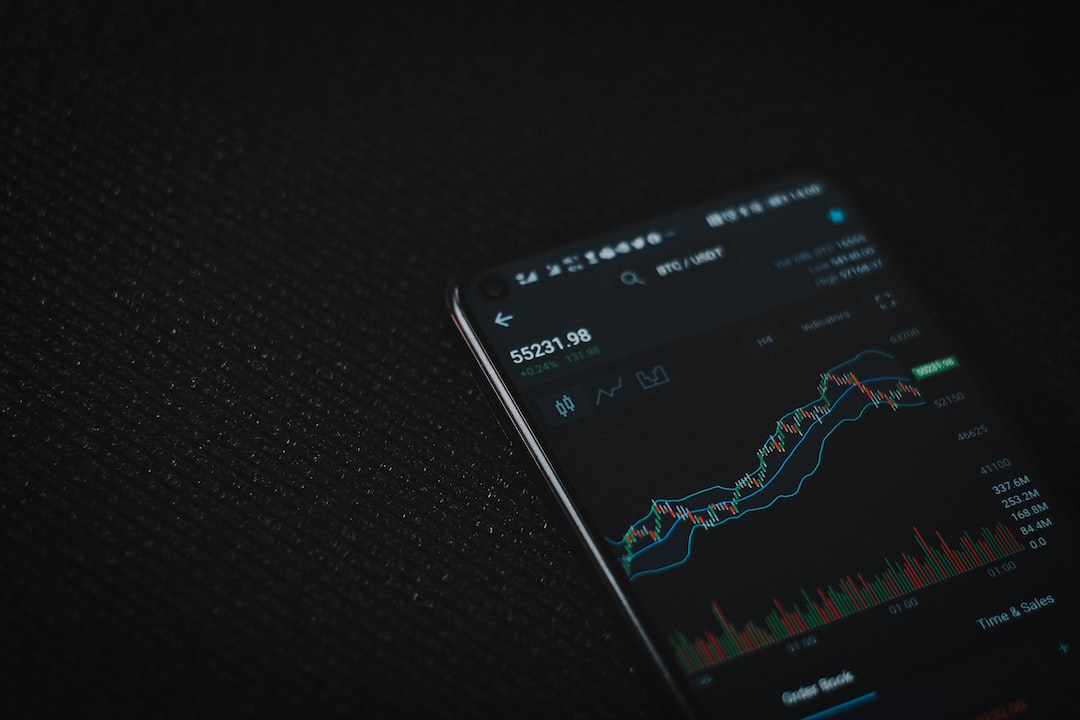
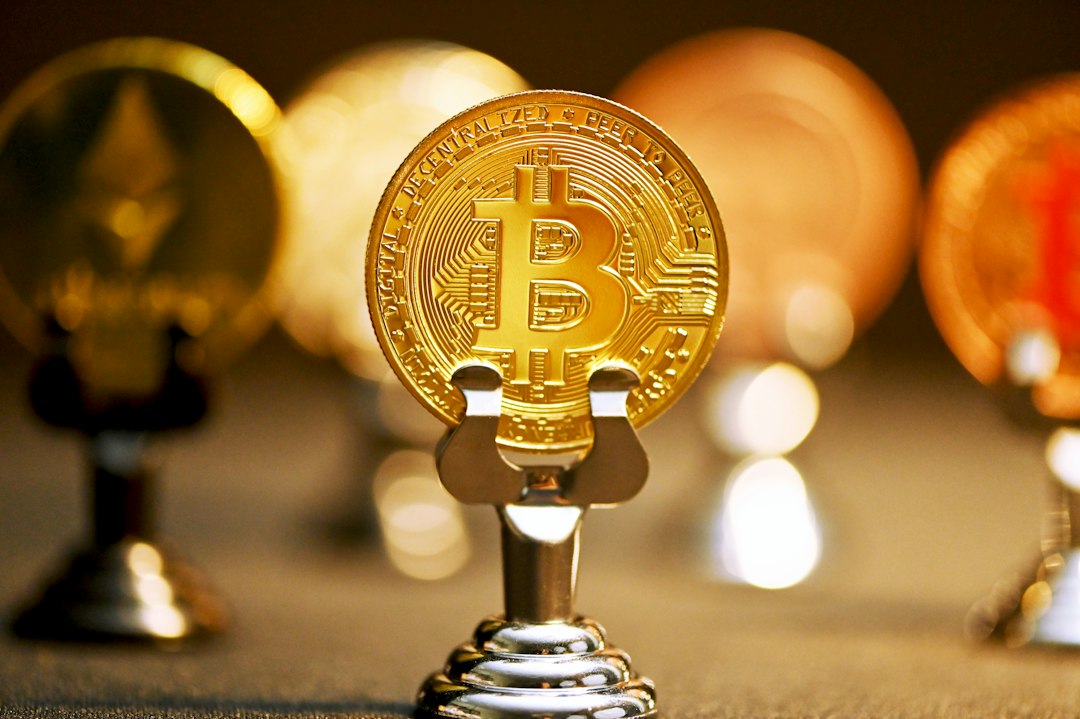
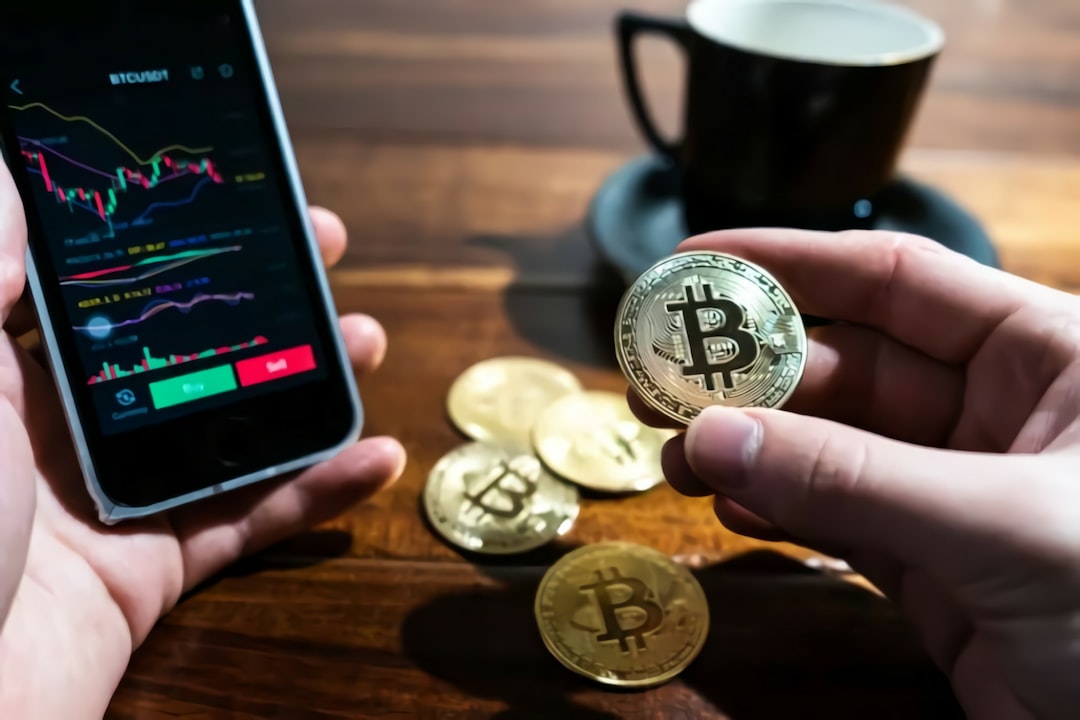

 By
By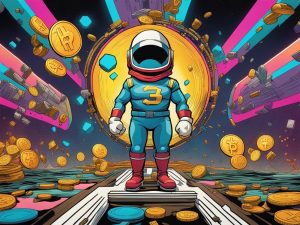
 By
By
 By
By
 By
By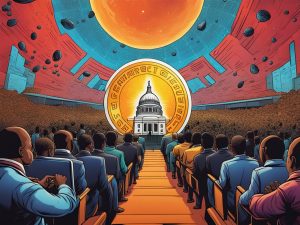
 By
By